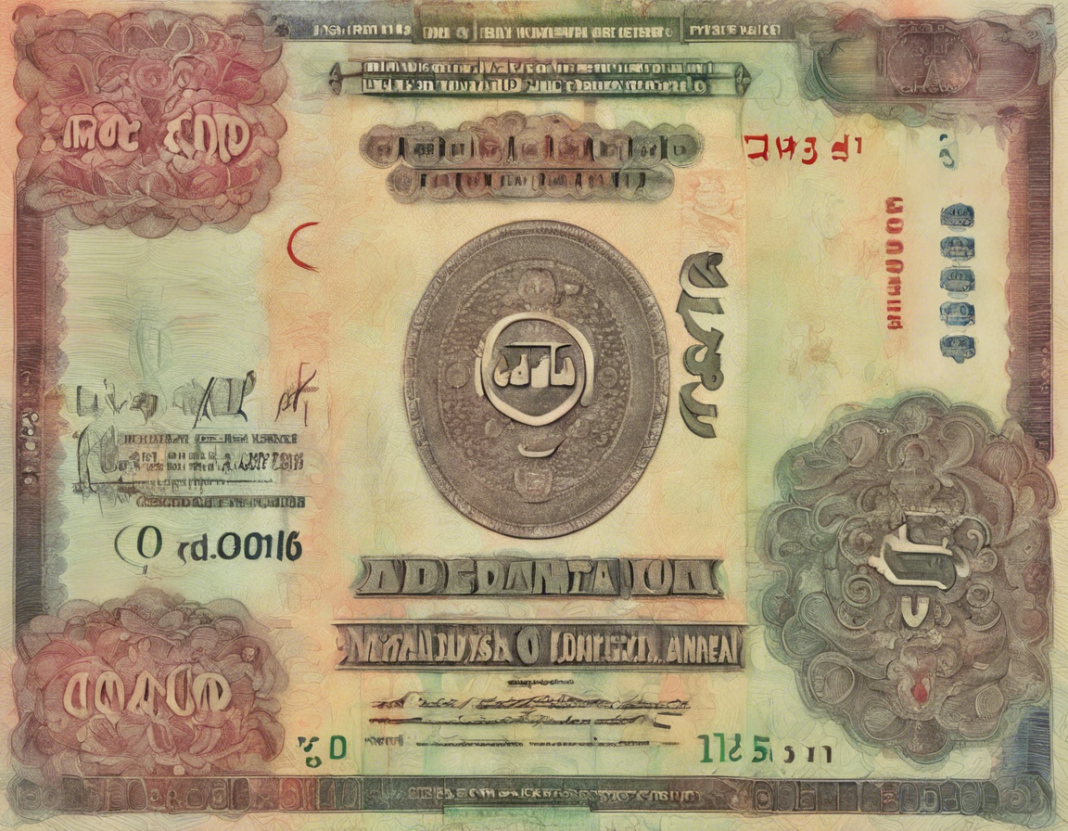Have you ever wondered about the exchange rate between the Emirati Dirham (AED) and the Indian Rupee (INR)? The currency exchange market is a complex and dynamic system that influences global trade, tourism, and investments. In this article, we will delve into the factors that affect the AED to INR exchange rate, how it is calculated, and what impacts it can have on individuals and businesses.
Understanding Exchange Rates
Exchange rates refer to the value of one currency in terms of another. They are determined by various factors such as supply and demand, economic indicators, geopolitical events, and market speculation. In the case of the AED to INR exchange rate, it represents how many Indian Rupees you can get for one Emirati Dirham.
Factors Influencing AED to INR Exchange Rate
1. Economic Indicators
- GDP: The Gross Domestic Product of both countries can affect their respective currencies.
- Inflation Rates: Higher inflation in one country can lead to a depreciation of its currency.
- Interest Rates: Central bank policies and interest rate differentials can impact exchange rates.
2. Political Stability
- Political events and government policies can influence investor confidence and currency values.
3. Trade Relations
- Bilateral trade between the UAE and India can impact the exchange rate.
- Trade deficits or surpluses can affect currency values.
Calculating AED to INR Exchange Rate
The AED to INR exchange rate is determined by the foreign exchange market, where currencies are traded 24 hours a day. This rate fluctuates based on real-time market conditions and can be influenced by financial institutions, central banks, and individual traders. Factors such as volume of trade, liquidity, and market sentiment all play a role in determining the exchange rate.
Impact on Individuals and Businesses
Individuals:
- Travel: Exchange rates affect how much foreign currency you can buy when traveling.
- Remittances: If you are sending money from the UAE to India, the exchange rate will determine the amount received in INR.
Businesses:
- Importers and Exporters: Fluctuations in the exchange rate can impact the cost of imports and the revenue from exports.
- Multinational Companies: Companies operating in both countries need to manage currency risk to protect their profits.
Frequently Asked Questions (FAQs)
1. What is the current AED to INR exchange rate?
- The exchange rate can vary daily. Check with your bank or financial institution for the most up-to-date rate.
2. How does the AED to INR exchange rate impact tourism between the UAE and India?
- A stronger AED can make travel to India more affordable for UAE residents, while a weaker AED may deter Indian tourists from visiting the UAE.
3. Can individuals and businesses hedge against exchange rate fluctuations?
- Yes, there are hedging tools such as forward contracts and options that can help mitigate the risks associated with currency fluctuations.
4. What are some tips for individuals looking to exchange AED to INR?
- Compare exchange rates from different providers to get the best deal.
- Consider using online currency exchange platforms for competitive rates.
5. How do central banks intervene in the foreign exchange market to influence exchange rates?
- Central banks can conduct foreign exchange interventions by buying or selling currencies to stabilize exchange rates.
Conclusion
The AED to INR exchange rate is influenced by a multitude of factors ranging from economic indicators to geopolitical events. Individuals and businesses operating between the UAE and India need to stay informed about exchange rate fluctuations to make informed decisions regarding international transactions. By understanding the dynamics of currency exchange markets, one can navigate the complexities of global trade and finance more effectively.

